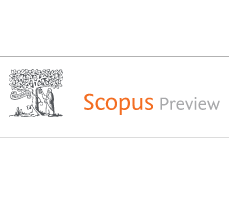Correlation filter-based trackers have made significant progress in visual object tracking for various types of unmanned aerial vehicle (UAV) applications due to their promising performance and efficiency. However, the boundary effect remains a challenging problem. Several methods enlarge search areas to handle this shortcoming but introduce more background noise, and the filter is prone to learn from distractors. To address this issue, we present spatial regularized correlation filters with response consistency and distractor repression. Specifically, a temporal constraint is introduced to reinforce the consistency across frames by minimizing the difference between consecutive correlation response maps. A dynamic spatial constraint is also integrated by exploiting the local maximum points of the correlation response produced during the detection phase to mitigate the interference from background distractions. The proposed appearance model can optimize the temporal and spatial constraints together with a spatial regularization weight simultaneously. Meanwhile, the proposed appearance model can be solved effectively based on the alternating direction method of multipliers algorithm. The spatial and temporal information concealed in the response maps is fully taken into consideration to boost overall tracking performance. Extensive experiments are conducted on a public UAV benchmark dataset with 123 challenging sequences. The experimental results and analysis demonstrate that the proposed method outperforms 12 state-of-the-art trackers in terms of both accuracy and robustness while efficiently operating in real time.
Pour en savoir plus : Learning spatial regularized correlation filters with response consistency and distractor repression for UAV tracking

